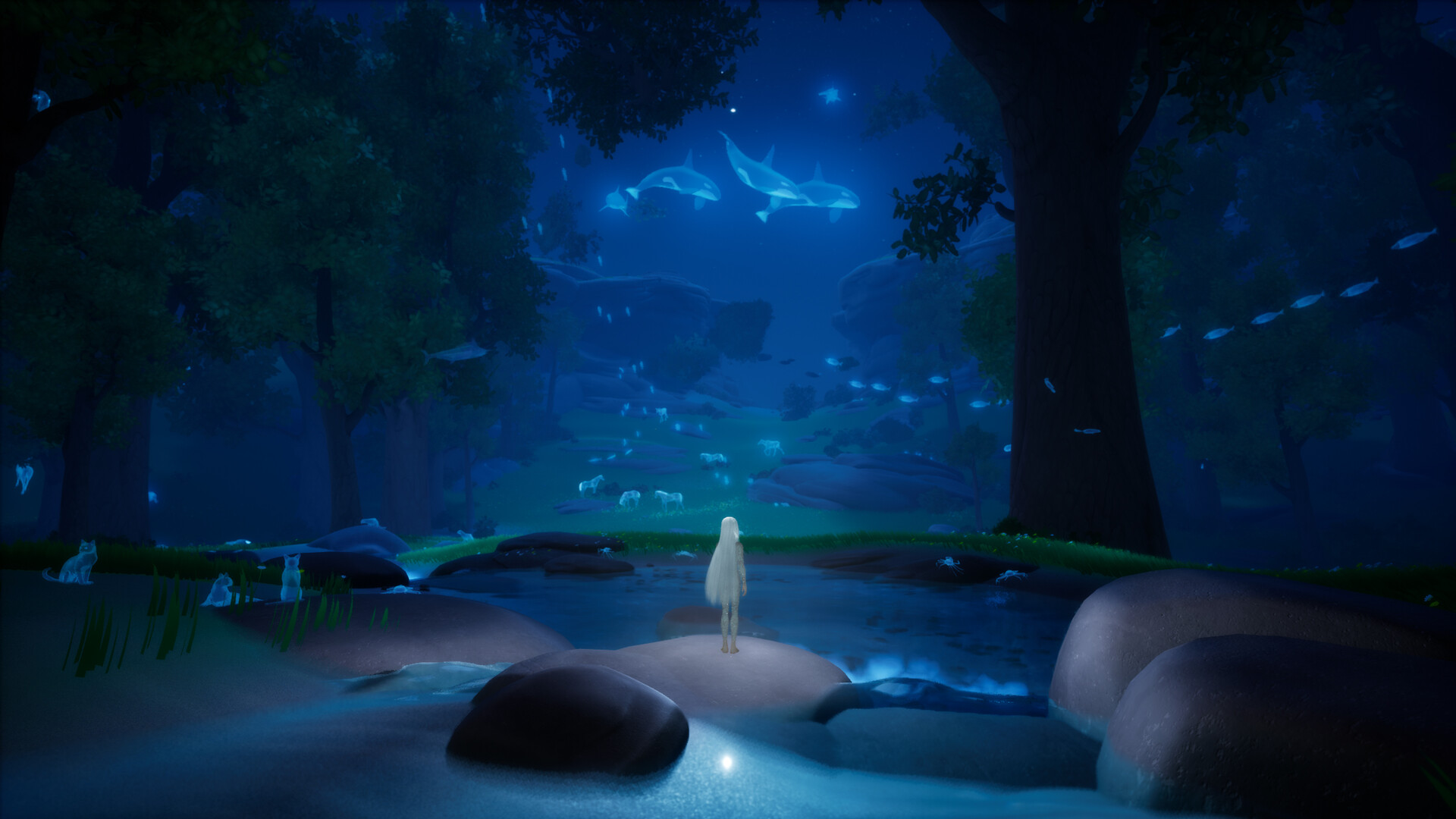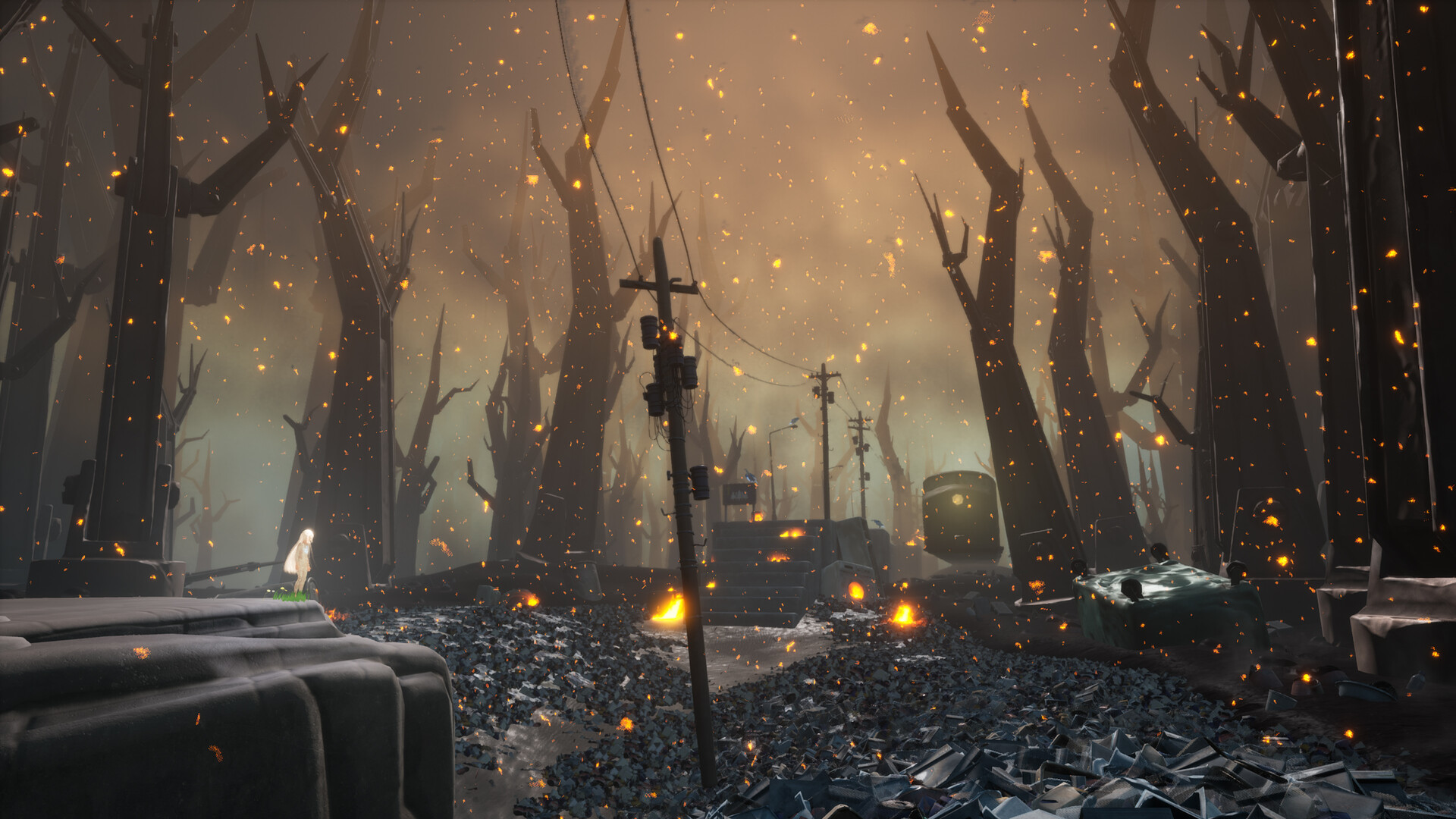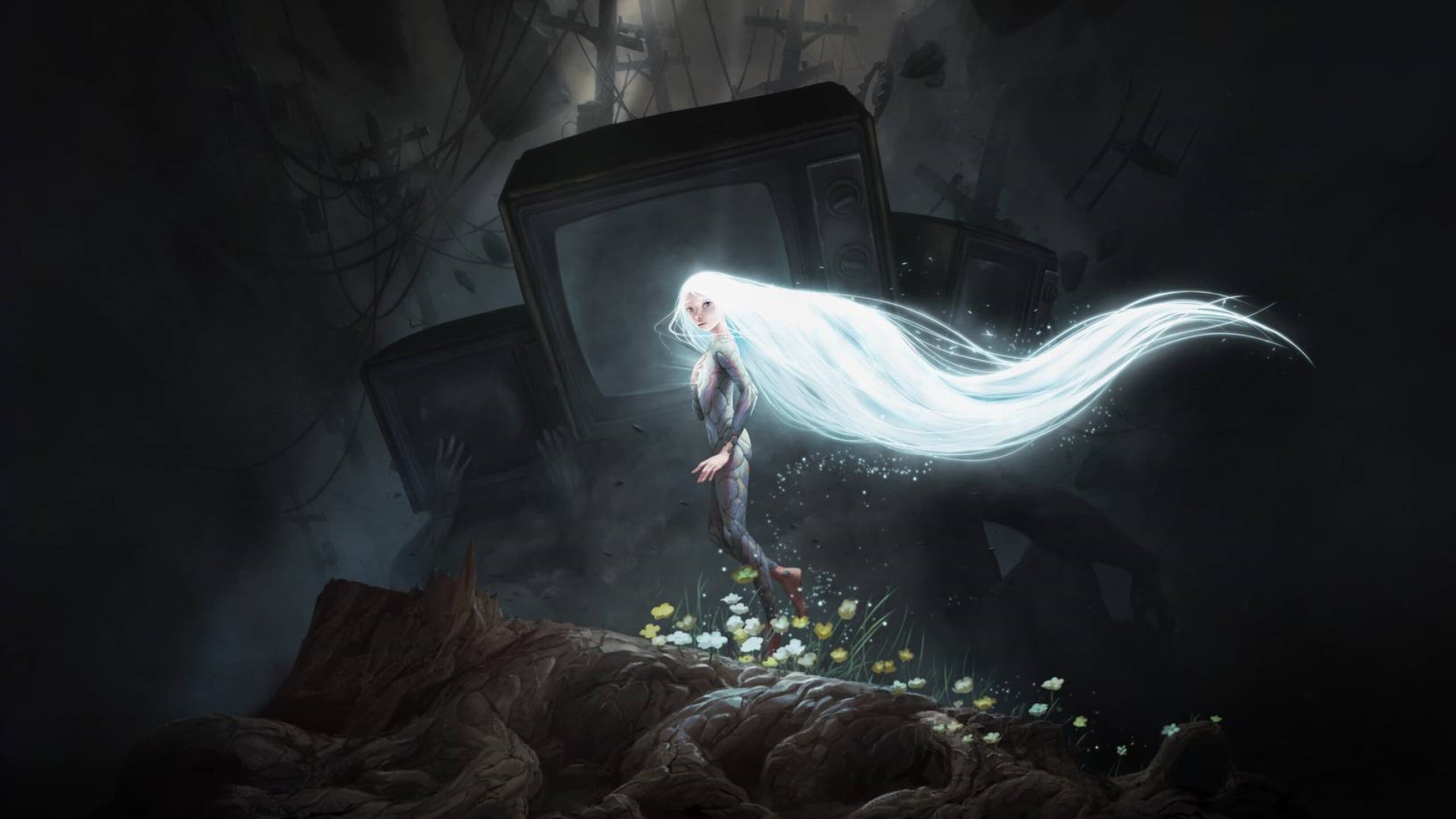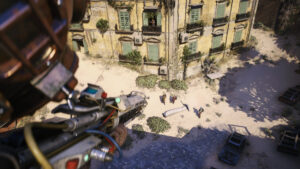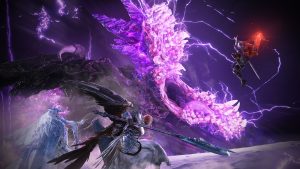
It’s no secret that the Earth is dying. Deforestation, consumerism, pollution, global warming – it’s like hearing “Another one” ad nauseam, except with the threat of imminent extinction. Nevertheless, humanity and the planet continue to trudge on, if only for a little longer. In After Us, Piccolo Studio explores how current environmental problems could shape the Earth in the worst possible ways. “The end of everything” is only one part of the equation.
However, After Us isn’t about chiding humanity for its mistakes, but holding a magnifying glass to their most extreme outcomes. It’s about nature, specifically Gaia, the Spirit of Life, as she ventures to the ravaged wasteland to free the Spirits of the last animals. There isn’t as much to say as there is to witness, but the imagery is as raw as it is stunning.
"The environments are imaginative and more than a little overwhelming. Technically, they’re gorgeous, with stunning atmospherics and particle effects."
When first starting, Gaia witnesses the end of all the animals on Earth. Mother tells her of the Devourers and how she used the last of her energy to save each animal’s soul. However, they’re trapped in the animals’ desiccated bodies. It’s up to Gaia to find and free them. Along the way, there are minor Spirits to save, each adding to the mystical glade all the more as life flourishes anew (on the spiritual plane, at least).
Gaia ventures forth, taking in the sights and sounds of a post-Devourer landscape. And these environments are truly stunning to behold. Extensive highways have been torn apart and float as small land masses. Massive skyscrapers dot the landscape with hordes of Devourers either waiting in line or stumbling about. Tangled messes of power lines and extensive networks of TVs, advertising more things to consume, dwarf you.
The environments are imaginative and more than a little overwhelming. Technically, they’re gorgeous, with stunning atmospherics and particle effects. Perhaps most impressive is that such a dreary future could still offer such vivid colors. Even a grey cityscape looks beautiful amidst a sea of neon screens and signs.
As abstract as the imagery may come across, it resonates more than a little with the current state of the world. Perhaps the only flaw to all this is when the frame rate dips in Performance Mode in certain sections where it rains. Otherwise, you’ll get a near-constant 60 FPS throughout (Quality Mode is also available for 4K).
"Exploration can initially feel a bit too linear (trying to jump somewhere very much landable results in instant death), but quickly expands as you venture to new locations."
As such, there is minimal dialogue outside of the conversations with Mother. The environmental story-telling is strong, and seeing Gaia’s reactions to the state of the world (spoiler: none of it is happy) adds more emotional weight to her tasks.
The main Spirits you must rescue also have their fates tied to certain areas. The Crow is at the top of a stock exchange, sealed in a cage that requires climbing higher and higher. The Honeybee is amid a range of power plants and TVs, their hive mimicked by the snaking networks of power cables. As contrasting as they may seem, there are more similarities between humanity and nature than we think, and seeing what happens when that balance fails is fascinatingly morbid.
As Spirits populate the grove, you’ll see them roaming about unburdened and can even pet them. It would have been nice if the location could have served as more than a simple fast-travel hub.
Exploration can initially feel a bit too linear (trying to jump somewhere very much landable results in instant death), but quickly expands as you venture to new locations. At its core, After Us is a 3D platformer. Gaia starts with a simple jump before learning to sprint, hover, double jump, air dash, wall run and more. She can also release a burst of life to clear away some (but not all) oil spills or create vines on electric cables to grind on.
"The Devourers are well done and interesting conceptually – they’re as pitiful as they are disturbing, whether it’s seeing them attracted to shiny screens or mulling about aimlessly."
The overall controls are solid – Gaia is incredibly responsive, if a bit floaty, and transitioning between jumps, rail grinds, and dashes feels natural. The differences between jumps can be a little odd at times – a sprinting double jump won’t give as much height as a regular double jump, which can lead to falling in certain situations. These moments aren’t overtly punishing, as you respawn close to the same spot. While there is a bit of jank in some points, like when repositioning during wall-running, it’s nothing to ruin the experience.
Overall, there’s a healthy mix of platforming abilities, and After Us presents some intriguing scenarios to use them. For instance, Gaia’s burst can trigger temporary openings at the tops of cages in a certain section. You then have to open them from the side, the bottom and so on, traversing this precarious climb in various ways. Another example is while grinding rails in the power district, as you’ll need to jump over from one to the other or even transfer to some overhead.
Of course, the other major part of After Us is the Devourers. If it weren’t obvious enough, they’re humans, or what once passed as the same, now part of a new ecosystem of waste and decay. Some are stationary as husks, seemingly frozen in time and/or dead inside. Others are covered in oil, which has also grown sentient and threatens to drag Gaia into the abyss if she gets too close. The Devourers are well done and interesting conceptually – they’re as pitiful as they are disturbing, whether it’s seeing them attracted to shiny screens or mulling about aimlessly.
"As you purify Devourers, you unlock Memories – still images that tell the story of a specific area."
There are plenty of occasions where you’ll “fight” the Devourers – which is to say, Gaia can fire a light that passes through them (also used to collect the minor Spirits), dodge their attacks and move out of the way. She can also use her burst to stun them. Some Devourers are tankier than others, while others require attacking from behind.
Overall, very straightforward and nothing too special. I’d argue that combat could have been further streamlined, with attacks one-shotting the weaker Devourers. Since Gaia’s light purifies, this would have felt better, even if the Devourers are supposed to be this all-encompassing, part-ruinous, mostly pitiable force.
As you purify Devourers, you unlock Memories – still images that tell the story of a specific area. What could have made for interesting additional lore, like unique stories for different Devourers, makes for some of the weaker narrative aspects.
For instance, a man meets a woman. They get married, move to their home and have a child. The man does some gardening, and then some years later, his daughter has grown up and seemingly moved out. Cut to the man looking grumpy as he cleans up the area around what used to be his house, which turned into a commercial district. If that didn’t sound dull enough, it’s even tamer in-game.
"After Us doesn’t reinvent the wheel in platforming and exploration, but it offers very compelling gameplay in both areas."
Given the potential of these Memories to tell more personalized stories, it would have been nice for each to be a mini-sequence of animated images instead of a slideshow where you need to collect the slides. It’s also annoying when you get them out of order, missing the context of certain sequences. Sure, they’re optional collectibles, but they could have been way more.
After Us doesn’t reinvent the wheel in platforming and exploration, but it offers very compelling gameplay in both areas. The abstract art style is vivid and raw – all over the place, at times, but in a good way, while the environmental story-telling (outside of the Memories) is solid. Mild performance hiccups can be annoying, and the combat is mostly fine without being extraordinary. However, if you can face your future failures, it’s a somber yet endearing journey down the rabbit hole.
This game was reviewed on the PlayStation 5.
Strong aesthetics, backed by incredible atmospherics and particle effects. Platforming feels very good, thanks to tight controls, while environments and challenges are varied and unique. Storytelling is solid, especially with how each area ties into the fate of each Spirit.
Frame drops tend to occur during rainy sections. Combat isn't terrible, but also not very exciting. Memories could have provided some interesting Devourer lore but ended up lackluster.










